Preparing Your Dog for Back-to-School: A Guide for Smooth Transitions
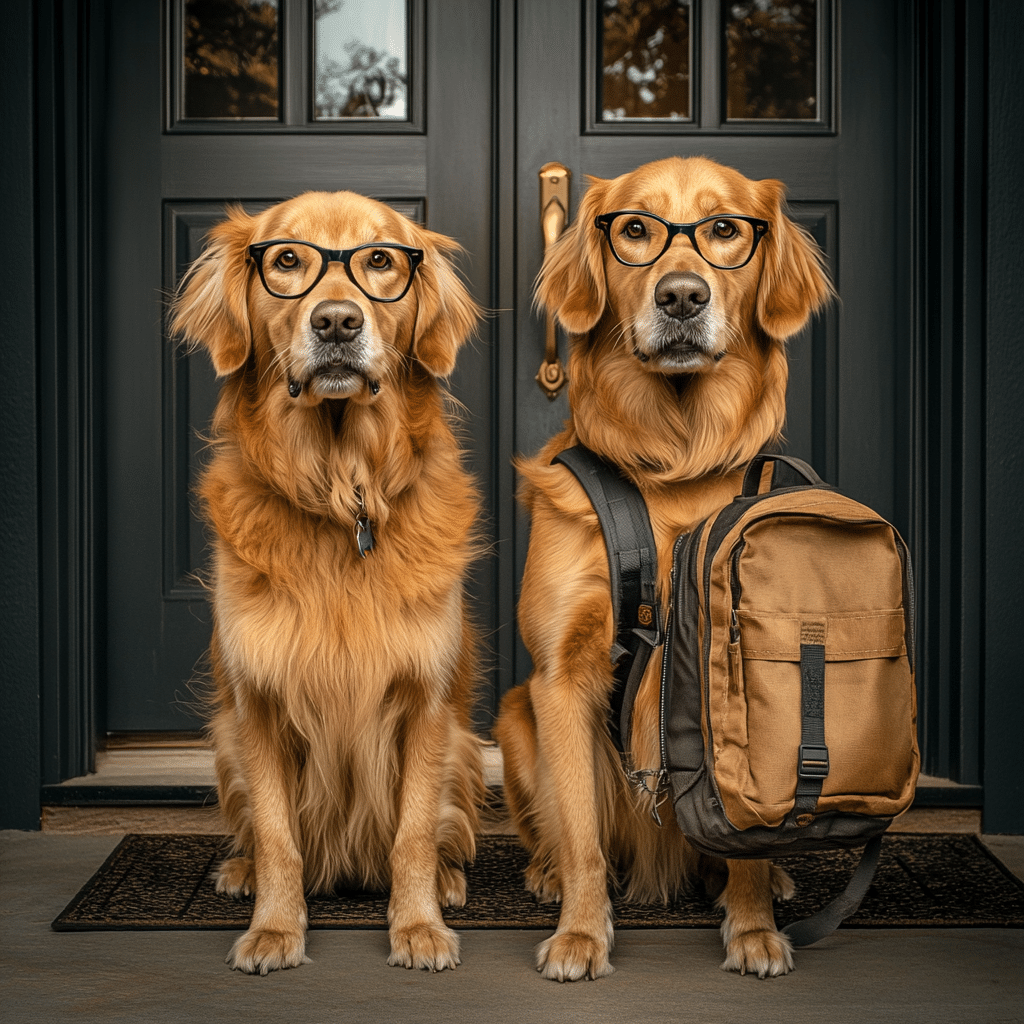
This post contains affiliate links. As an Amazon Associate I earn from qualifying purchases.
As summer fades and school bells ring, it’s not just kids who face a change in routine—our furry friends do, too. Many dogs enjoy having their human companions around all day and may struggle with sudden solitude when school starts again.
To prevent stress and ensure a smooth transition, it’s crucial to prepare your dog for the back-to-school season. Gradual changes and thoughtful adjustments can help your dog adapt and stay happy.
From setting new schedules to providing comfort when you’re away, a few proactive steps can make a big difference in your dog’s well-being.
In this post, discover practical strategies to ease your dog’s transition into the school year.
Understanding Your Dog’s Needs
When kids head back to school, it’s not just a big change for human family members. Dogs feel it too! They notice the emptiness and quiet at home, and sometimes it throws their world into a spin. Your furry companion depends on you to help them navigate this new routine. Understanding their needs is the first step toward making this transition smooth and stress-free. Let’s explore how you can do just that.
Assessing Your Dog’s Personality
Every dog is unique, much like people. Some might love the extra quiet time, while others may find it unsettling. Understanding your dog’s personality can help you predict how they’ll react to changes. Breed characteristics play a significant role here.
- High-energy breeds like Border Collies or Jack Russells might need more activities when the kids are away.
- Calmer breeds such as Bulldogs or Basset Hounds may enjoy the downtime.
Aside from breed, each dog has a personal temperament. Is your pet generally curious or more of a couch potato? Knowing these traits will guide you in adapting their daily routine to suit their comfort.
Recognizing Signs of Stress
Have you ever noticed your dog acting differently? Just like us, dogs express stress through their behavior. Spotting these signs early can help you provide the comfort and care they need. Here are some signs that might indicate your dog is stressed:
- Changes in behavior: Unusual barking, whining, or destructive behavior.
- Appetite shifts: Eating less or more than usual.
- Sleep patterns: Sleeping too much or having trouble settling down.
- Physical actions: Panting, pacing, or excessive licking.
Think about stress signals like a dog’s own secret language. It’s their way of saying, “Hey, something’s not right here!” By noticing these signs, you can step in and help ease their transition. Consider providing extra toys, more physical activities, or a comforting space to help them feel secure.
Understanding your dog’s needs is like solving a puzzle. The pieces are all there; you just need to see how they fit together. By assessing their personality and recognizing stress signs, you’ll be ready to support your furry friend through back-to-school season.
Creating a New Routine
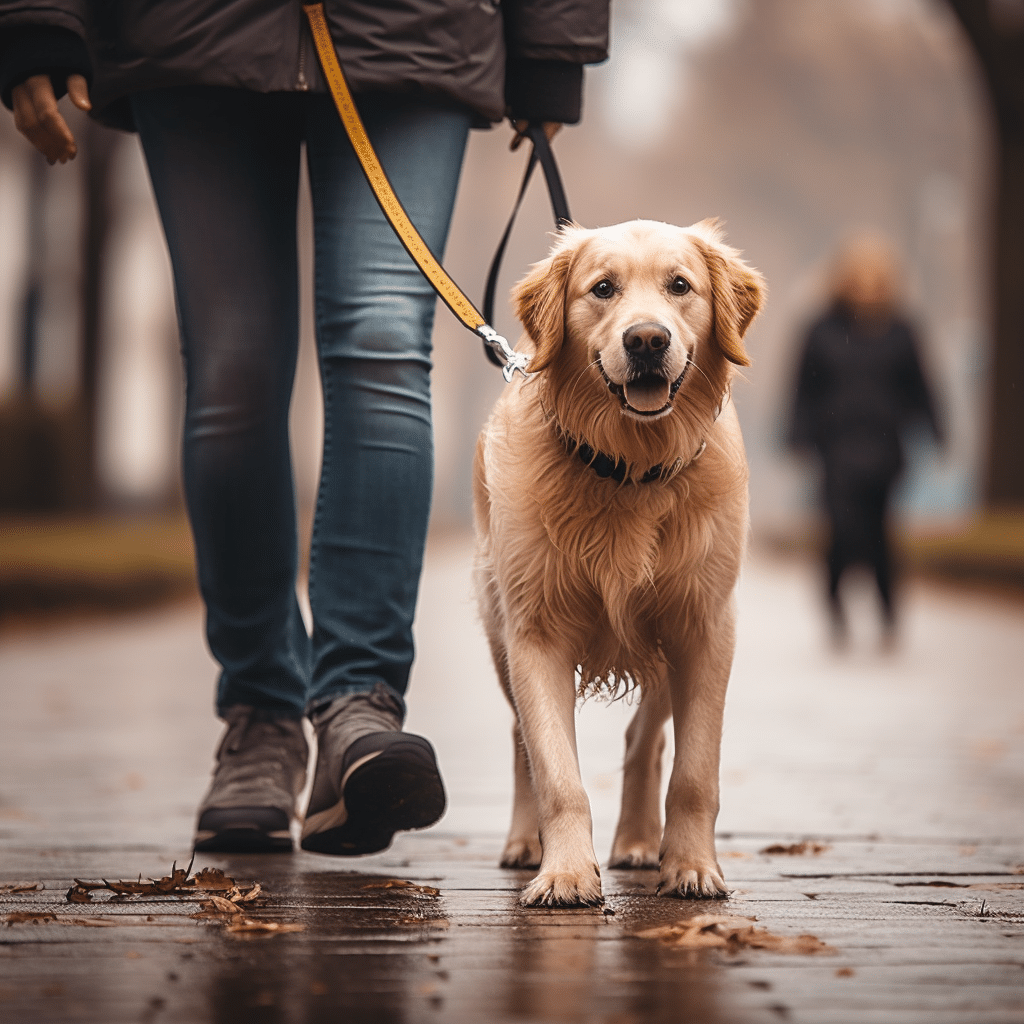
Dogs thrive on routine, and sudden changes can be confusing or stressful for them. Establishing a new routine can help your dog feel stable and secure as the family transitions to a busy school schedule.
Gradually Adjusting Your Schedule
Start by gradually shifting your dog’s routine a couple of weeks before school begins. Just like resetting a clock, adjust feeding times, walks, and bathroom breaks to line up with the school schedule.
- Shift Feeding Times: Begin by serving meals 10-15 minutes earlier or later each day until they align with the new schedule.
- Adjust Walks: Move walks to times that fit in with your morning rush and after-school routines. Consistency in timing will help signal the start and end of busy periods.
- Practice Alone Time: Slowly increase the amount of time your dog spends alone. Start with short periods and reward them for calm behavior.
Think of it like adjusting to daylight saving time; small and steady changes can make the transition smoother for everyone in the household.
Incorporating Exercise and Playtime
Maintaining regular exercise and playtime is crucial for your dog’s well-being. Dogs have energy to burn, and if left unspent, it can lead to unwanted behaviors like chewing or barking.
- Morning Energizers: A brisk morning walk or a quick game of fetch before school can help start the day right.
- Puzzle Toys: Invest in interactive toys or puzzle feeders. They provide mental stimulation when your dog is alone, keeping boredom at bay.
- Evening Adventures: The end of the school day is an ideal time for another walk or play session, helping your dog relax and unwind.
Remember, a tired dog is a happy dog, which means less stress for you when the day is done.
Setting Up a Safe Space
Create a comfortable and safe environment where your dog can retreat during busy times. This space should be a sanctuary that offers them peace and security.
- Choose the Right Spot: Find a quiet corner or room where your dog feels comfortable. This can be their crate, a pet bed, or a designated ‘chill zone.’
- Add Comfort Items: Include their favorite blanket, toys, or even a piece of your clothing that carries your scent.
- Keep It Consistent: Ensure this space is accessible throughout the day. Consistency will help your dog understand this is their go-to spot for relaxation.
Think of this space as your dog’s personal haven, giving them a sense of belonging and safety when the household buzzes with activity.
Engaging Activities for Dogs
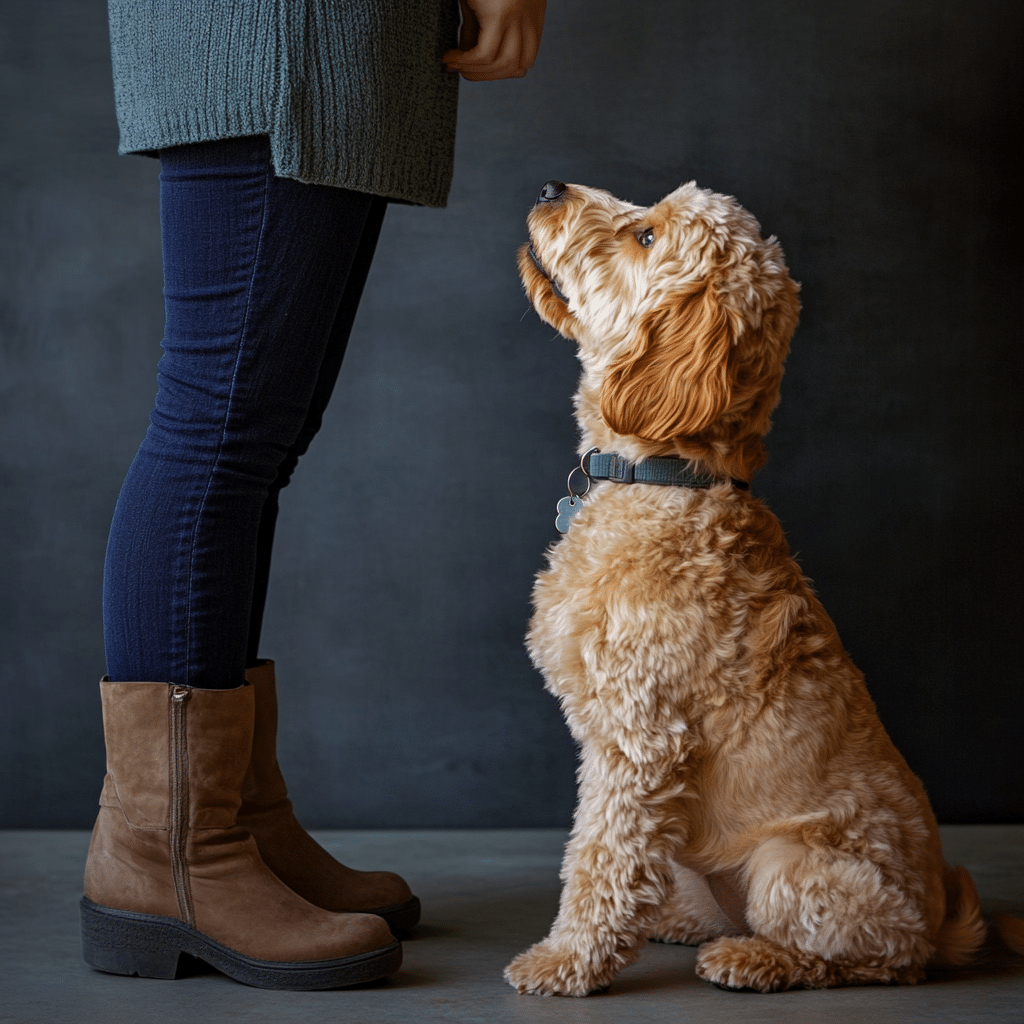
As the back-to-school season approaches, it’s important to find ways to keep your dog engaged and entertained while you’re out. Just like kids need activities to keep them busy, your furry friend needs some entertainment too. Whether it’s puzzles, training, or social interactions, these activities help burn off energy and prevent boredom.
Interactive Toys and Puzzles
Dogs are just like us in that they love a good challenge. Interactive toys and puzzles are fantastic for engaging your dog’s brain while also giving them some physical exercise. These toys often involve hiding treats that dogs need to figure out how to retrieve. It’s like a game of hide and seek, but with tasty rewards. Here are a few types to consider:
- Snuffle Mats: Perfect for hiding little treats, these mats encourage dogs to sniff and search, which taps into their natural instincts.
- Puzzle Feeders: These toys make mealtime more exciting and mentally stimulating since dogs need to solve the puzzles to get to their food.
- Treat-Dispensing Balls: Great for both playtime and snack time, these balls keep your dog entertained for hours.
These toys not only keep your dog busy but also contribute to their mental well-being.
Training Sessions
Having regular training sessions with your dog is like a workout for their mind. It’s a perfect way to reinforce good behavior and keep them mentally sharp. Training doesn’t have to be time-consuming; even short sessions can make a big difference. Consider adding the following commands to your routine:
- Sit and Stay: Helps with impulse control and patience.
- Fetch: Combines physical exercise with mental stimulation.
- Turn Around or Spin: Adds a fun trick to their repertoire.
Training sessions not only help with obedience but also strengthen the bond between you and your dog.
Playdates and Doggie Daycare
Socialization is crucial for a dog’s emotional health. Arranging playdates with other dogs or enrolling your pup in doggie daycare can offer them the companionship they crave during school hours. Much like a child’s playgroup, these interactions provide essential social skills:
- Promotes Friendly Behavior: Regular play with other dogs helps curb aggressive or anxious tendencies.
- Improves Communication Skills: Dogs learn to communicate more effectively through interactions with their peers.
- Boosts Confidence: Being around other dogs can make your pet feel more confident and less anxious when meeting new friends.
Playdates and daycare are wonderful ways for your dog to channel their energy positively and keep loneliness at bay.
My dog Cambrie goes to daycare at Beyond the Leash in downtown Orlando. She loves playing with her friends and I love having a tired dog at the end of the day.
Monitoring Your Dog’s Adjustment
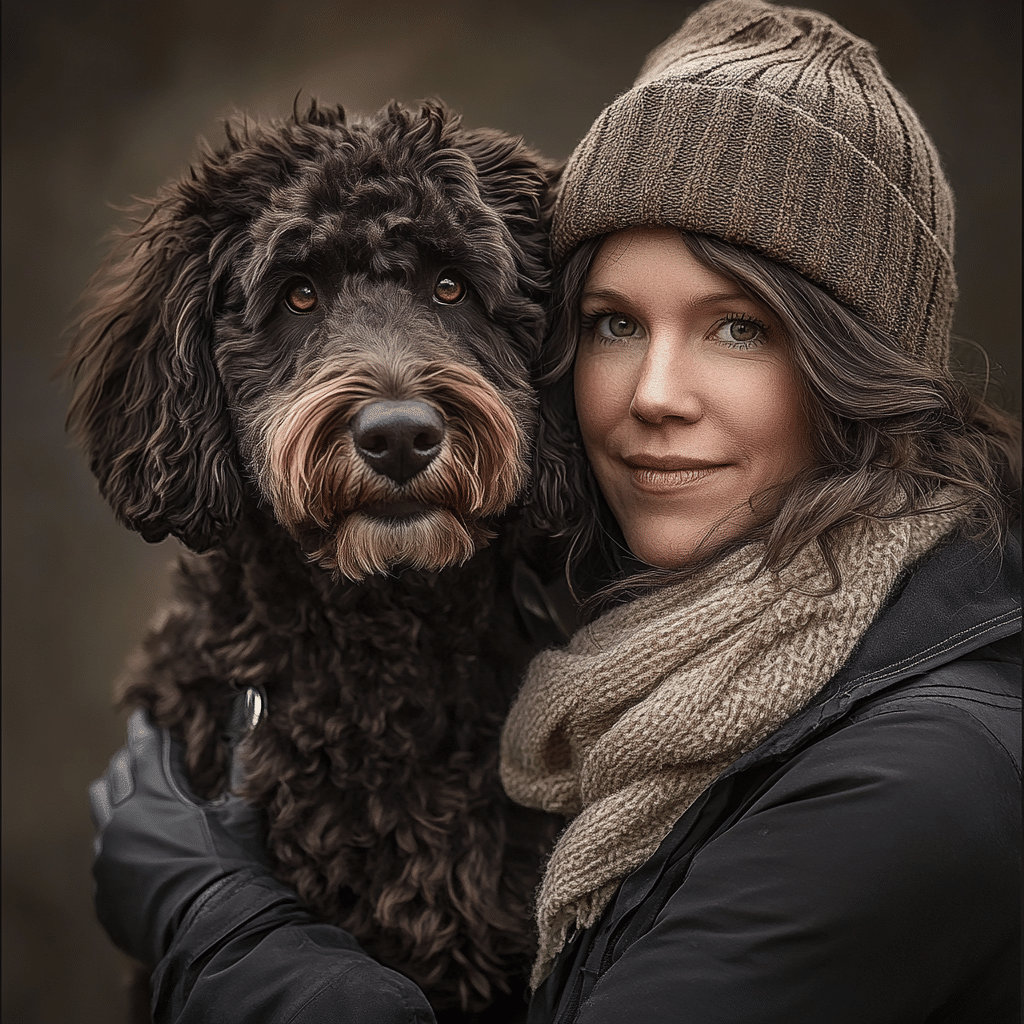
As the back-to-school season kicks in, your dog might need a little extra attention to cope with the change. Just like humans, dogs can feel stressed and anxious when their routines shift. It’s important to keep an eye on your dog’s behavior and be ready to help them adjust to this new schedule. Here’s how you can ensure a smooth transition for your furry friend.
Daily Observations
Keeping a close watch on your dog is the first step. Think of it like being a detective, but instead of solving crimes, you’re looking out for changes in your dog’s behavior. Start a daily log to jot down any unusual activities or moods you notice. For example:
- Is your dog barking more than usual?
- Are they less interested in their food?
- Do they seem restless or bored?
By tracking these behaviors, you can spot patterns and catch any issues early. This log can be your secret weapon, helping you stay a step ahead and adjust your dog’s routine or environment as needed. Remember, changes might not show up immediately, and that’s okay. Be patient and give your dog time to adapt.
Consulting a Veterinarian or Trainer
Sometimes, despite your best efforts, your dog might still struggle with the transition. If you notice significant changes in behavior, it’s time to call in the experts. Think of them as the superheroes of the pet world, ready to swoop in when needed.
- When should you consult a vet or trainer? If your dog’s anxiety turns into destructive behavior or if they’re showing signs of depression, it’s better to seek professional advice.
- What can they do? Veterinarians can rule out any medical issues that might be causing behavioral changes. Trainers can offer tips and strategies tailored to ease your dog’s anxiety.
Reaching out for professional help isn’t admitting defeat; it’s simply enlisting backup to ensure your dog is happy and healthy. Remember, every dog is unique, and professionals can provide guidance tailored to your dog’s specific needs.
By being observant and adaptable, you can help your dog navigate the back-to-school season smoothly, making sure your loyal companion stays content and confident.
Conclusion
Preparing your dog for back-to-school is crucial for easing the transition for both of you. By following practical routines, gradually adjusting schedules, and providing mental and physical stimulation, you lay the groundwork for a seamless change.
Engage with your dog’s well-being as a top priority, ensuring they’re comfortable and secure when left alone. Regular positive interactions strengthen your bond and help combat separation anxiety.
Take proactive steps now, and consider enrolling in advanced training classes for enhanced discipline and obedience. This not only benefits your pet’s development but also fosters a deeper connection.

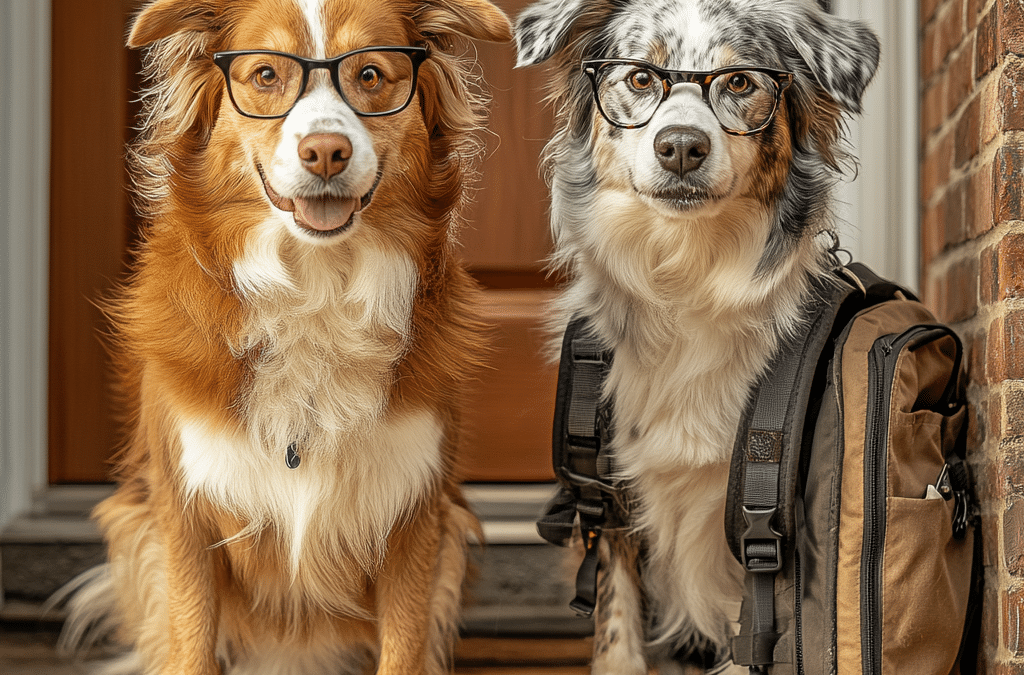
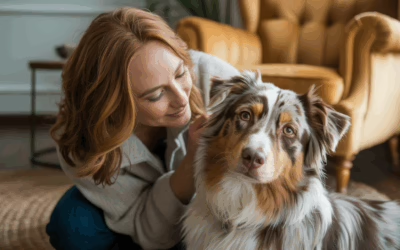
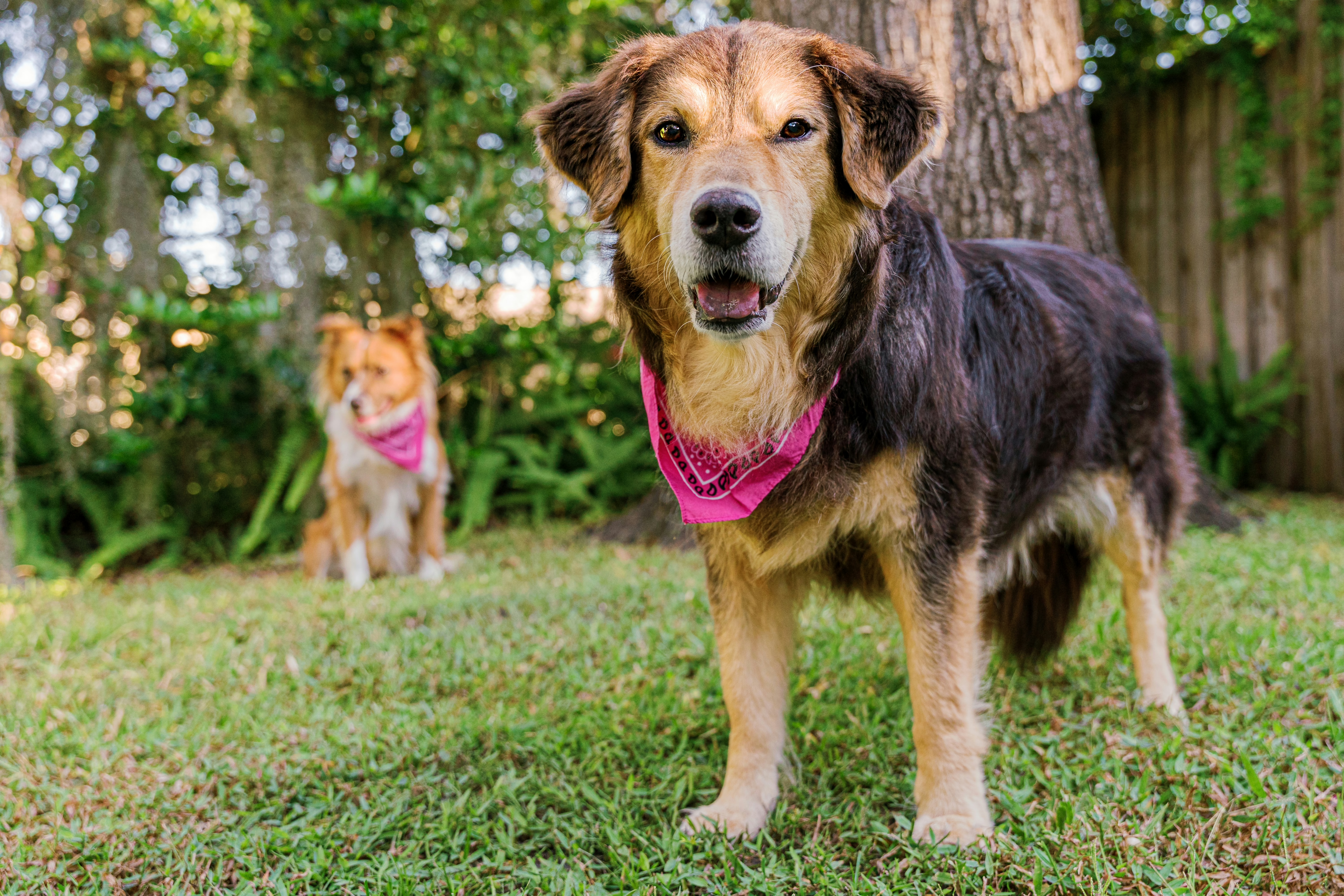

Recent Comments